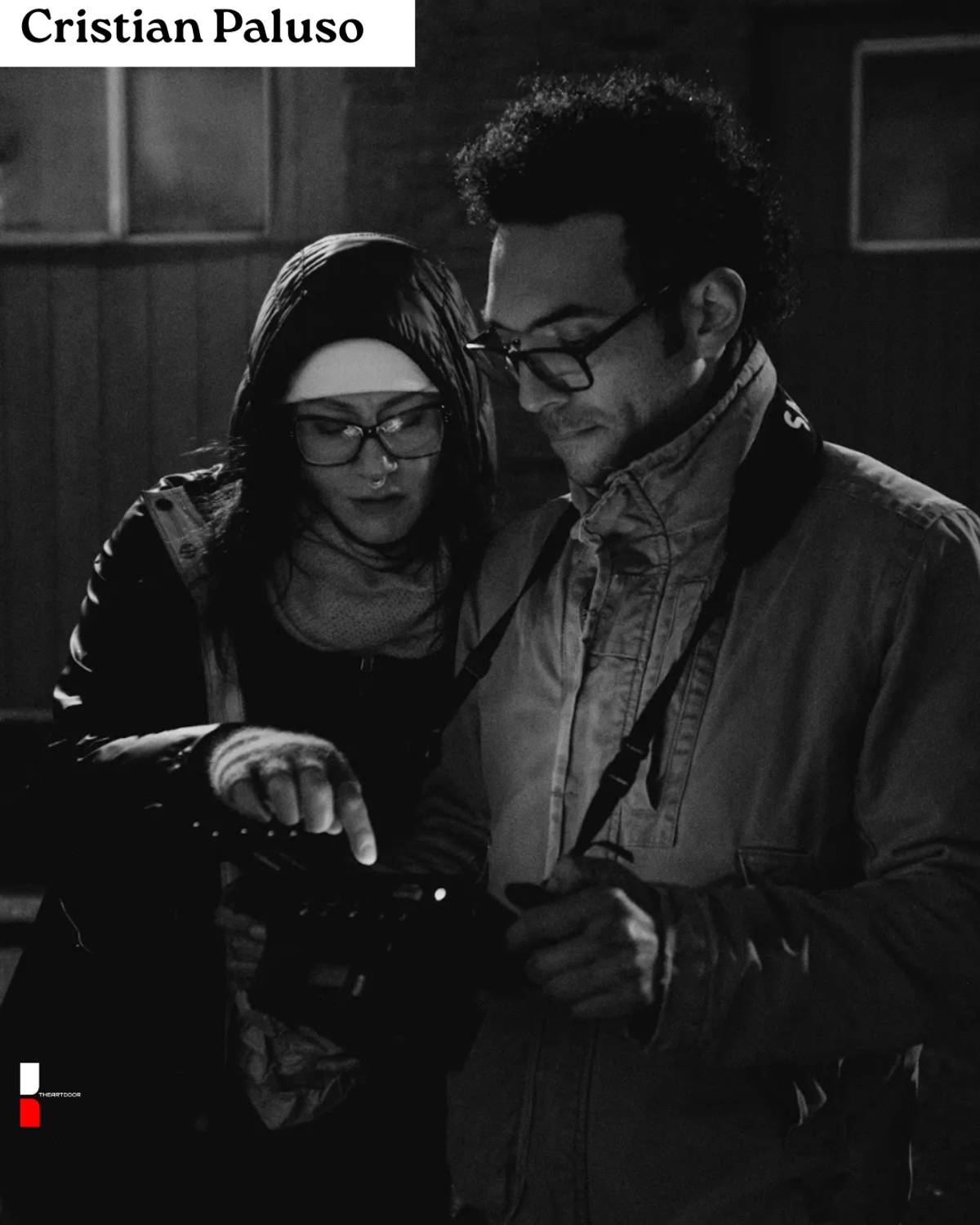Ancient Steps, Modern World: Why Traditional Dance and Music Still Matter
By Ariel Rose | Editor in chief: Adrienne Carter
ShareFrom New York stages to open‑air festivals in rural India, the arts remain a vivid bridge between past and present. But in an age of likes, streams, and 15‑second clips, why bother with centuries‑old dance forms, temple rhythms, or epic mythologies?
In a recent conversation hosted by 101 Square, Ariel Rose sat down with Indian Kathak and Lavani virtuoso, Aditi Bhagwat to explore that very question. Their dialogue, covering gender fluidity in Hindu mythology, attention‑starved audiences, and pandemic‑era livestreams, offers a global roadmap for keeping ancient customs alive, relevant, and radical.

Photo: Arup Jyoti Kalita
The Timeless Language of Movement
“Dance is the most liberating form of art because you use your entire body to communicate” – Aditi Bhagwat
Unlike literature or painting, dance makes the whole human form the medium. In Hindu philosophy, the dancer becomes a living conduit to the divine; in classical ballet, the body strives for an ideal beyond everyday gravity. That full‑body commitment, Bhagwat argues, is precisely what makes dance an unmatched vehicle for stress relief, self‑acceptance, and cross‑cultural empathy.

Ms. Aditi Bhagwat. Photo: Manas Sompura
Myth and Meaning Across Cultures
Mythology isn’t merely dated folklore, it's a storehouse of philosophical insight.
Bhagwat recounts stories in which Shiva embodies both masculine and feminine energies and joins Krishna’s circle “as one of the maidens”.
These narratives pre‑date today’s conversations on gender fluidity and coexistence. Ariel Rose notes similar moral echoes in European ballet and Peruvian folklore, underscoring how distinct traditions often grapple with the same human dilemmas with examples such as jealousy, justice, and love.
Discipline in an Age of Distraction
The Natya Shastra, a 2,000‑year‑old Indian treatise on performance, not only details mudras (hand gestures) and ragas (musical modes) but prescribes an entire lifestyle: early rising, daily practice, respectful greetings, even dietary rules.

Ms. Aditi Bhagwat in Mumbai, India. Photo: Alejandra Dominguez
Such rigor seems almost rebellious in 2025, when notifications fragment attention every six seconds. Yet this disciplined framework may be exactly what modern learners need: a constitution for deep focus and lifelong curiosity.
When Audiences Drift, Artists Adapt
3 hour temple recitals once allowed Kathak dancers to unfold slow, meditative arcs; today Bhagwat often compresses her sets into 40‑minute bursts to match reduced attention spans.
To lure new eyes, she fuses Kathak footwork with flamenco compás or jazz phrasing.
Ballet companies face a parallel pivot, re‑costuming Swan Lake in streetwear, swapping princes for non‑binary partners, or remixing Tchaikovsky with electronic soundscapes. The goal isn’t dilution but translation: a new “wrapper” as Bhagwat puts it, that lets timeless cores shine.
Beyond Entertainment: Arts as Social Glue
Ironically, the same institutions that slash arts budgets during economic downturns turn to benefit concerts when met with disaster. During COVID‑19 lockdowns, live streamed performances provided collective solace, proving the arts are more than “frivolous entertainment”–They are moral memory banks, empathy generators, and fund‑raising engines. Governments and philanthropists ignore them at society’s peril.
Keeping the Flame Alive, Wherever You Are
- Audience Members: Attend and Engage. Buy the ticket, read the program note, linger for the Q&A session. Your presence keeps venues solvent and traditions visible.
- Educators: Integrate, Don’t Isolate. Teaching a cultural dance from a foreign culture can sometimes illuminate history better than any slideshow.
- Artists: Collaborate Courageously. Cross‑genre projects create gateways for newcomers without sacrificing integrity.
- Policymakers: Fund What Funds Community. Arts spending is not a luxury, but rather a long‑term investment in mental health, economic resilience, and social cohesion.
- Learners of All Ages: Follow the Thread Back. Whether your roots trace to Ireland, India, or Peru, dig into one ritual, song, or craft. Curiosity is the first step toward continuity.
Action | Global illustration | Outcome |
|---|---|---|
Attend & Engage | Lagos’ annual Felabration fuses Yoruba dance with Afrobeat. | Ticket revenue keeps community studios open. |
Educators: Integrate | Toronto schools teach Lunar‑New‑Year ribbon dance alongside coding. | Multimodal learning boosts retention by 30 % (Ontario MoE, 2024). |
Artists: Collaborate | South African gumboot dancers tour with Korean samul nori drummers. | Cross‑genre bills sell 18 % more seats (AFRIMA report, 2023). |
Policy‑makers: Invest | Colombia’s Ley de Economía Naranja channels 1 % of VAT to heritage arts. | Creative‑sector jobs grew 7 % in two years. |
Learners: Trace Roots | Online platforms like Global Roots host 2,000 DIY tutorials from Irish sean‑nós to Cambodian apsara. | Hobbyist sign‑ups have passed 1 million since 2022. |
Conclusion: Tradition as a Toolkit for the Future
The arts thrive when they speak to both lineage and to one’s present lived experience. As Mr. Rose and Ms. Bhagwat demonstrate, honoring tradition is not about fossilizing the past, but letting it breathe new air–shorter performances for digital natives, mythic tales reframed for gender‑fluid times, classical footwork synced to global beats, these things help yesterday’s stories become today’s survival kit and tomorrow’s inspiration.
Educators: Your classroom is a stage for opening minds towards the vastness of the human condition. Integrate music, dance, and ritual into the curriculum, not as novelty but as necessary knowledge to be experienced firsthand. When students move through the rhythms of their ancestors, or even foreign ancient traditions, they don’t just learn history, they feel it.
Policymakers: Invest not just in infrastructure, but in identity. Arts funding is not charity, it’s strategy. A society that supports its cultural custodians builds social cohesion, boosts mental health, and sustains economic resilience. The next generation doesn’t need fewer artists, it needs more.
Whether you teach coding or write legislation, you help shape the stories we pass on. Make these stories vibrant, deeply rooted, and radically inclusive.
This article is part of Global Futures: Arts and Culture, a series spotlighting how traditional practices are reshaped in contemporary contexts, from indigenous craftsmanship to ritual performance.
Source links:
Ontario Ministry of Education (30% Retention Boost)
- What it covers: This ministry report outlines how integrating arts into general curricula (like dance during Lunar New Year) improves student engagement and learning outcomes.
- Why it matters: Supports the argument that traditional arts aren’t just "add-ons" but effective cognitive tools.
AFRIMA / Afreximbank Annual Report (18% More Ticket Sales)
- What it covers: Although it’s broader in scope, the Afreximbank report highlights how cross-cultural and cross-genre collaborations have increased attendance and export revenue in Africa’s creative industries.
- Why it matters: Provides economic evidence that fusion formats (like gumboot + Korean drumming) expand audience reach.
OECD Report on Colombia’s Orange Economy (7% Job Growth)
- What it covers: Examines the outcomes of the “Ley de Economía Naranja” (Law 1834), a policy channeling tax funds into Colombia's creative sectors.
- Why it matters: Shows how public policy can directly foster employment and entrepreneurship in traditional and digital arts.
Global Roots (1M+ Hobbyists Learning Traditional Arts)
- What it covers: Offers free and paid video tutorials in global traditional arts everything from Irish sean-nós singing to Cambodian apsara dance.
- Why it matters: Lowers access barriers, preserving traditions through digital platforms.
Colombia’s Ley de Economía Naranja (Legislation Page)
- What it covers: Official law text and policy objectives focused on positioning culture as an engine of development.
- Why it matters: A model for how governments can treat traditional arts as infrastructure, not expense.


